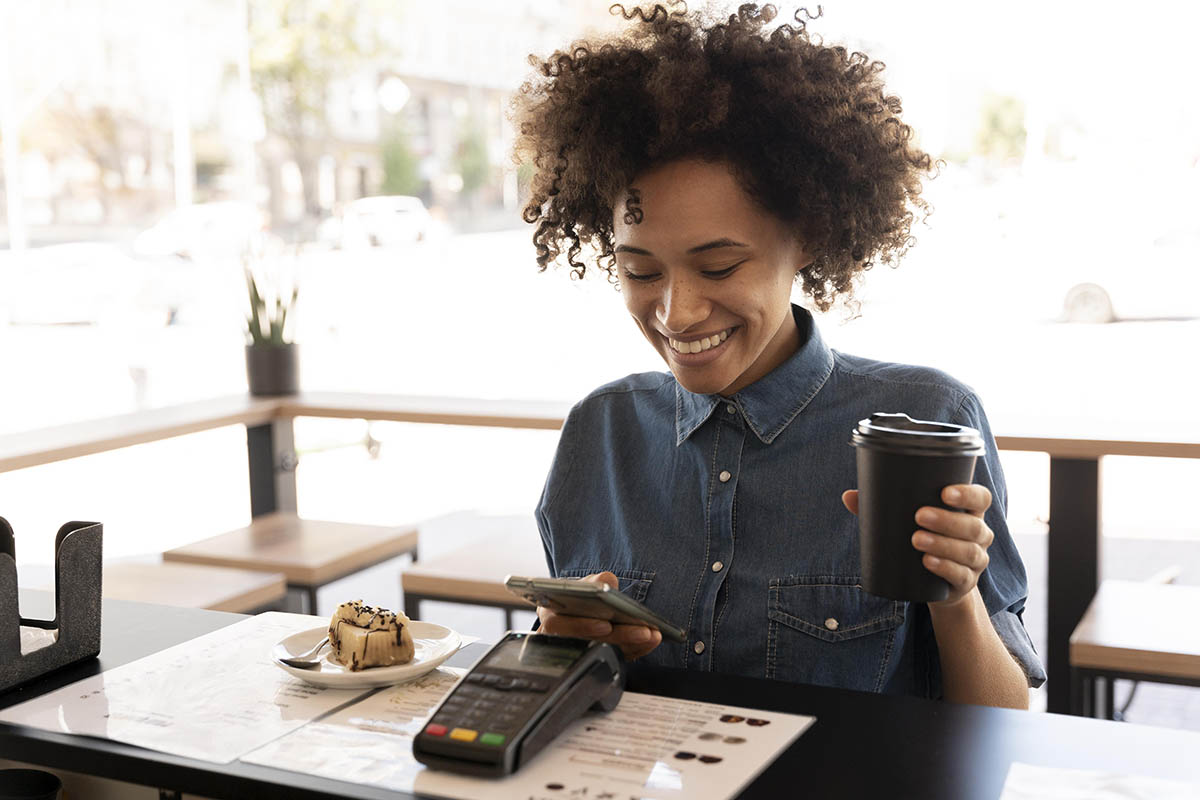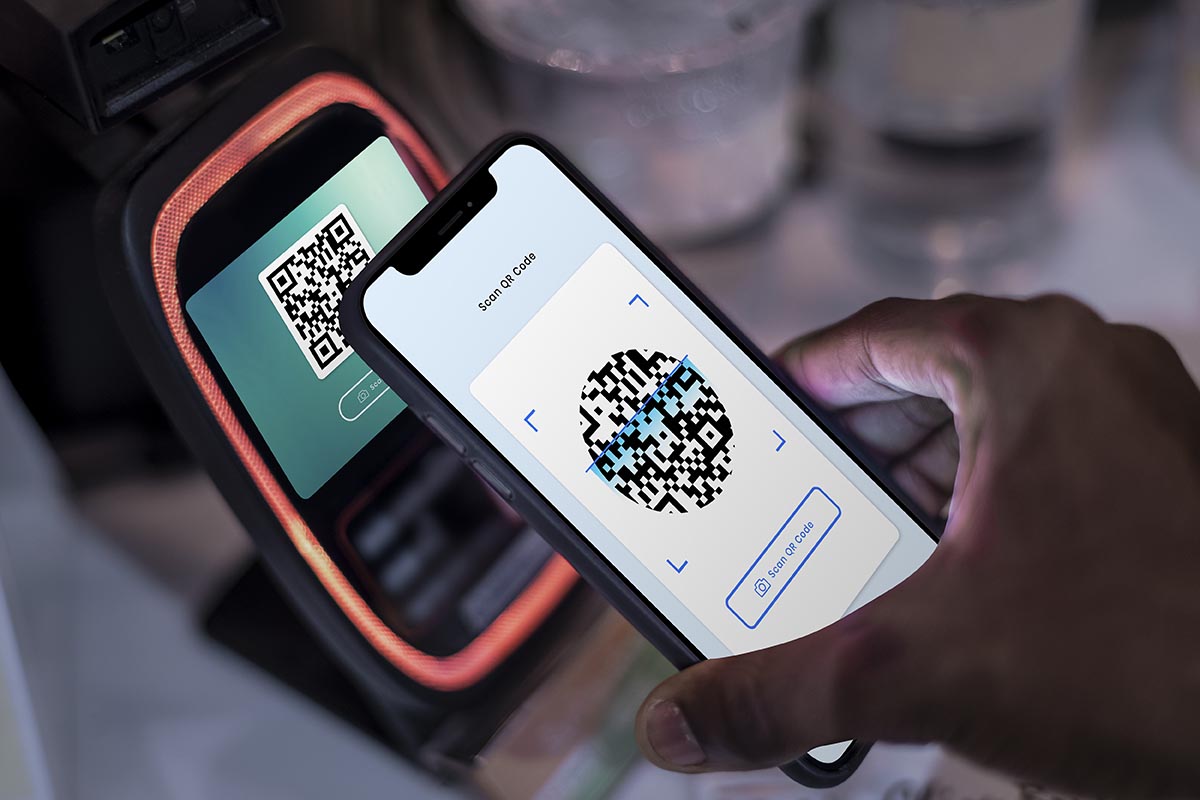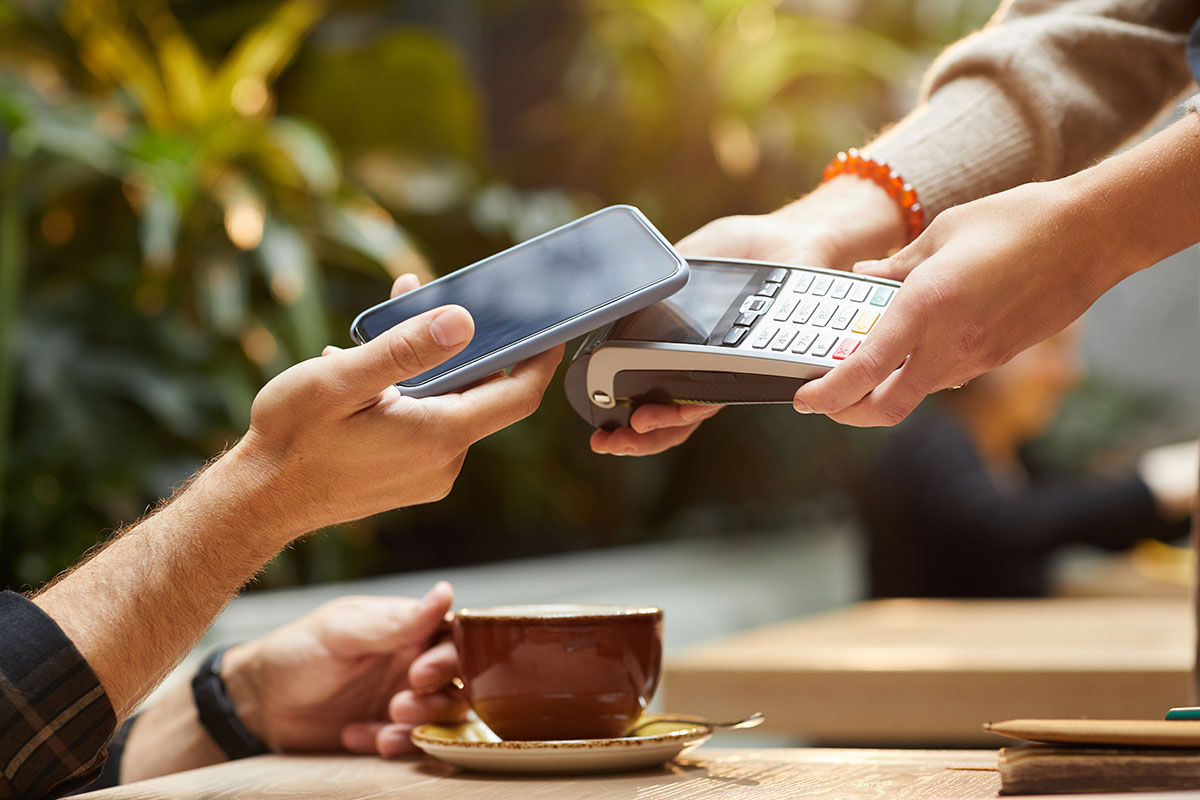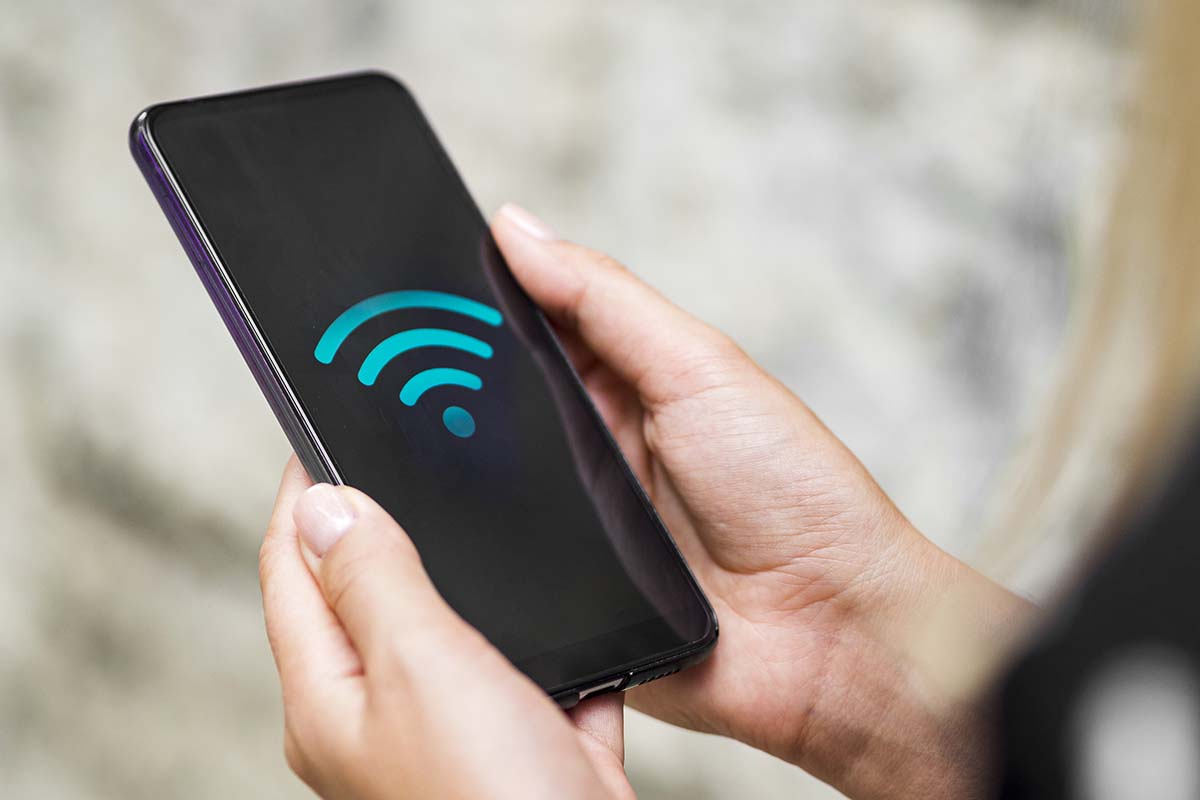In a world that is quickly evolving, the way we make payments has become an integral part of our lives. Mobile payments have grown over the past few years from new and disruptive technology to an everyday convenience consumers embrace.
Experts at Silver Edge Financial in Hackensack, NJ, say from contactless cards with near-field communication (NFC) chips to payment systems such as Apple Pay and Google Pay, there are now more ways than ever before for people to manage their finances securely and conveniently on their phones or other devices. Let’s explore what mobile payments look like today, how they make financial transactions more accessible and safer for businesses and customers, and where they may be headed.
Overview Of The History Of Mobile Payments From Cash To Digital Wallets
Throughout human history, the medium of exchange has gone through numerous transformations. From using scarce resources such as gold and silver to paper money and digital currencies. The payment mode has hugely impacted how we live, work, and transact business.
In recent years, mobile payments have become increasingly popular, streamlining the process of buying goods and services. Using a smartphone or wearable device to transfer funds has brought unprecedented convenience and accessibility. As technology evolves, we can only imagine the future of mobile payments.
Advantages Of Using Mobile Payments In Terms Of Convenience And Security
In today’s fast-paced world, people are always on the go and constantly looking for efficient and secure ways to handle their finances. Mobile payments offer a multitude of advantages in terms of convenience and security.
First and foremost, mobile payments eliminate the need for physical currency, which reduces the risk of theft or loss. Secondly, with just a few taps on your smartphone, you can transfer funds, pay bills, or make purchases without leaving your home’s comfort.
Mobile payments also offer increased security features such as biometric or two-factor authentication, making it significantly harder for unauthorized individuals to access your account. In conclusion, mobile payments provide an effortless and secure way to manage your finances, making it an attractive option for anyone looking to simplify their lives.
Emerging Trends In Mobile Payment Technology, Such As Biometrics And Blockchain
Mobile payment technology has come a long way since its inception, and the latest emerging trends are pushing the boundaries even further. Biometrics, for example, is being increasingly integrated into mobile payment systems, adding an extra layer of previously unavailable security.
Your fingerprint, facial recognition, or iris scan can authenticate a payment, making transactions faster and safer. Another game-changing trend is the use of blockchain technology in mobile payments.
This allows for faster, more efficient, and secure transactions that are almost impossible to tamper with or hack. As these emerging trends become more mainstream, we can expect mobile payment technology to revolutionize how we exchange money.
Challenges Posed By The Increased Use Payments And Potential Solutions
As more and more individuals rely on smartphones to make payments, concerns around the security of mobile payments continue to rise. Hackers have become increasingly sophisticated in their tactics and can easily exploit vulnerabilities in mobile payment systems. Moreover, using mobile payments can also lead to issues regarding privacy and fraud.
Despite these challenges, there are potential solutions that can help mitigate these risks. For instance, mobile payment platforms can invest heavily in security measures like multi-factor authentication. Additionally, educating users on best security practices and detecting fraudulent activity early can help prevent potential damage.
As mobile payments continue to gain traction, it will be critical for payment providers and users alike to be vigilant in maintaining the safety and security of these transactions.
Exploring The Potential Future Uses Of Payments In Retail, Banking, And More
Mobile payments are becoming more prevalent in our everyday lives as technology advances. From retail purchases to banking transactions, the potential uses for this technology are seemingly endless. With mobile payments, the convenience of completing transactions quickly and securely is a significant advantage.
Whether you’re buying groceries or paying bills, the ease of using your smartphone to complete these tasks can save time and hassle. In addition, many companies incentivize customers to use mobile payments by offering discounts or rewards. As we continue to see advancements in this area, we can surely expect roaming prices to change how we interact with money in various industries.
Critical Takeaways For Businesses Looking To Incorporate Mobile Payments Into Their Operations
Silver Edge Financial says mobile payments have become essential for any business looking to increase revenue and improve its overall customer experience. Incorporating mobile payments into your business can bring many benefits, such as increased efficiency, enhanced security, and improved customer engagement.
To do this successfully, companies must understand their customers’ needs, have a reliable and secure payment provider, and design a user-friendly interface to encourage them to use it. By following these key takeaways, businesses can seamlessly integrate mobile payments into their operations and provide a top-notch experience for their customers. This innovative and progressive approach allows companies to optimize revenue streams and stand out in today’s competitive marketplace.
Conclusion
Mobile payments are revolutionizing how we shop, do business, and manage money. As more of us turn to this technology for convenience and security, it’s becoming increasingly important that companies stay on top of the emerging trends in mobile payments to remain competitive in an ever-evolving digital marketplace and ensure customer satisfaction.
Though it’s clear mobile payments still face challenges—such as data privacy and scalability—and providing tangible solutions for these issues remains a priority for governments and tech developers. Still, the future of mobile payments looks bright.
With new uses being explored in industries like retail, banking, healthcare, logistics, and more, there is no limit to how mobile payments can provide safer and more frictionless experiences for businesses and customers alike.



















